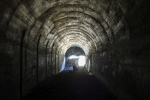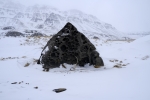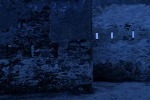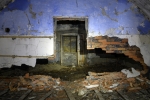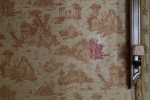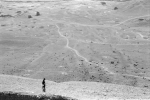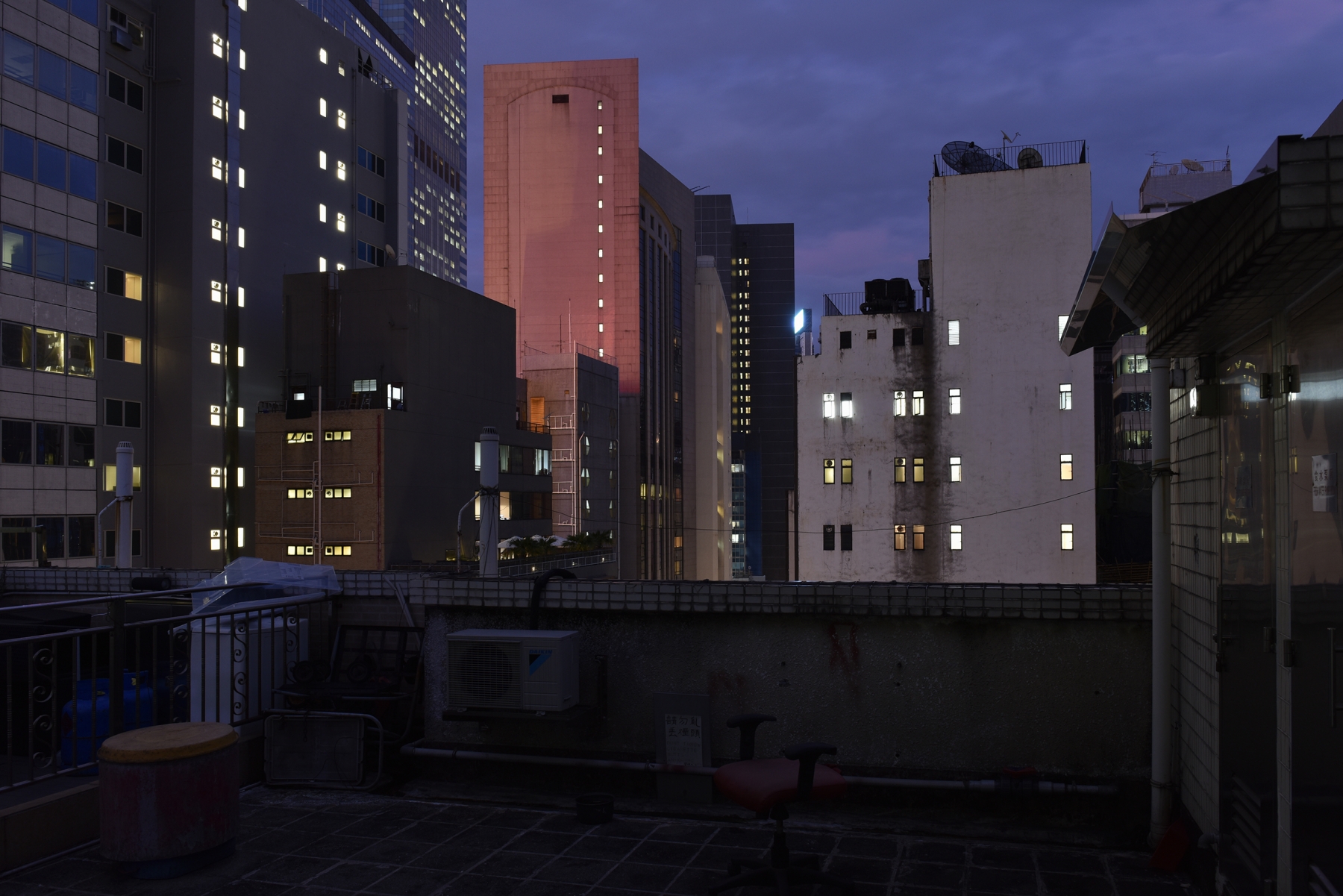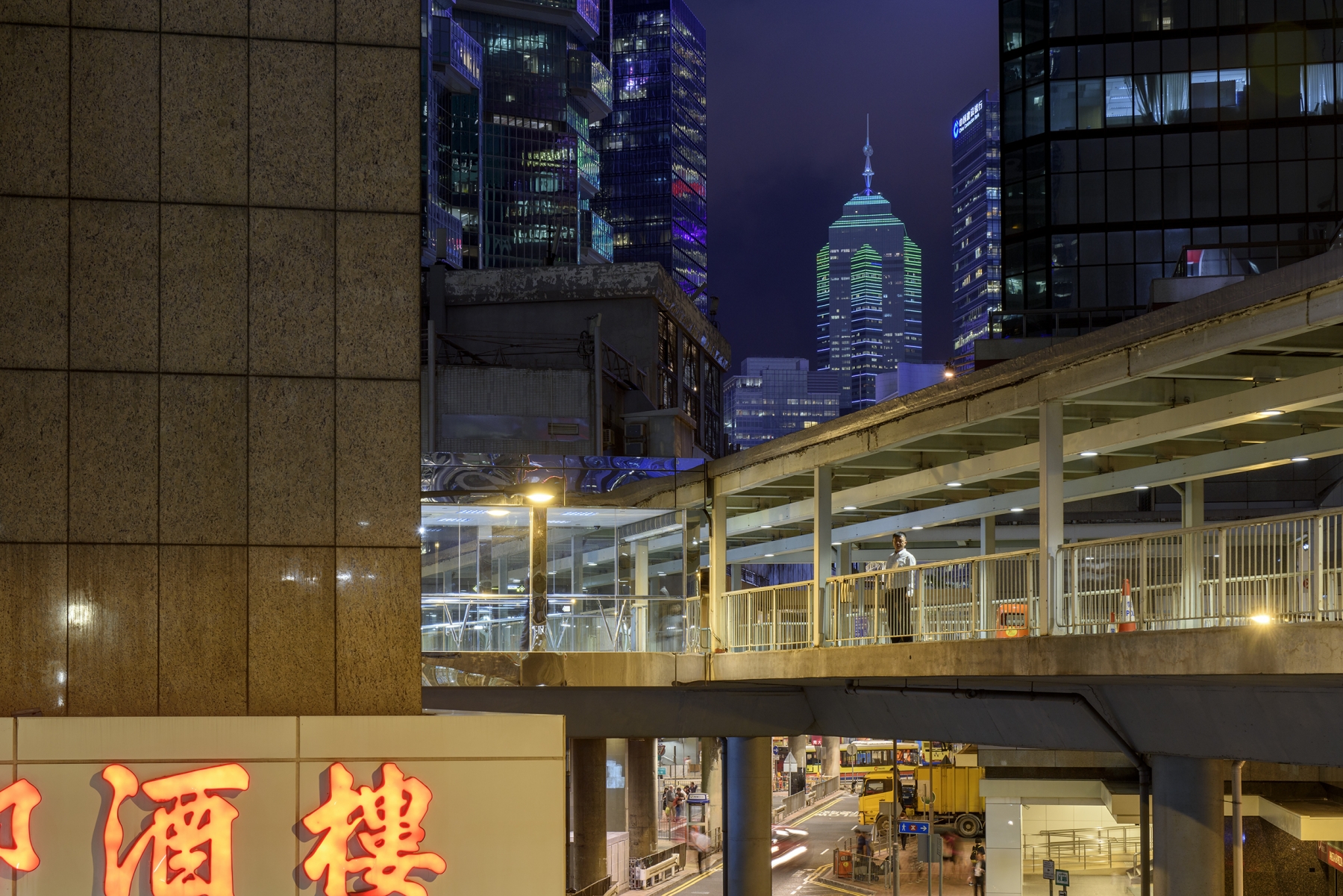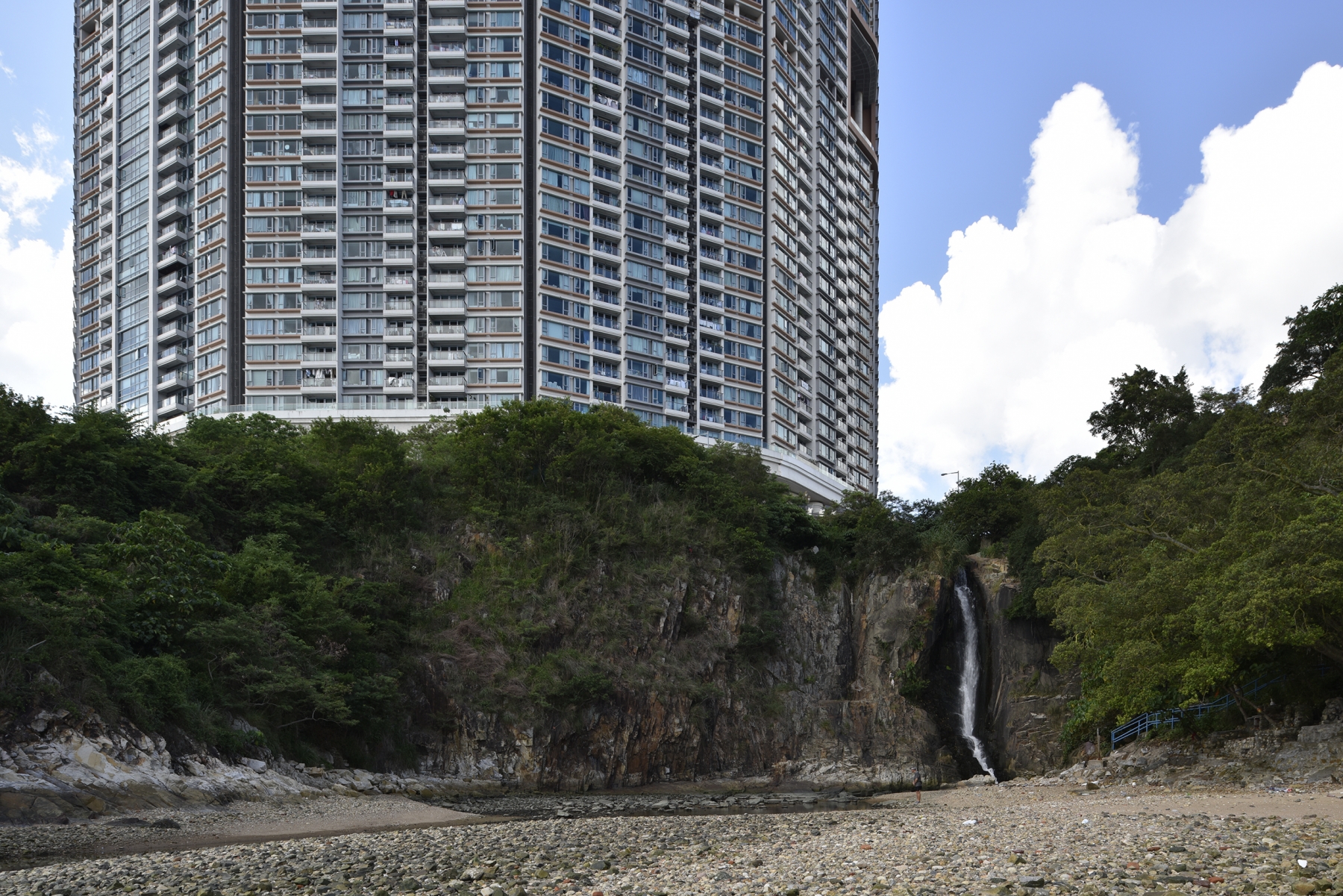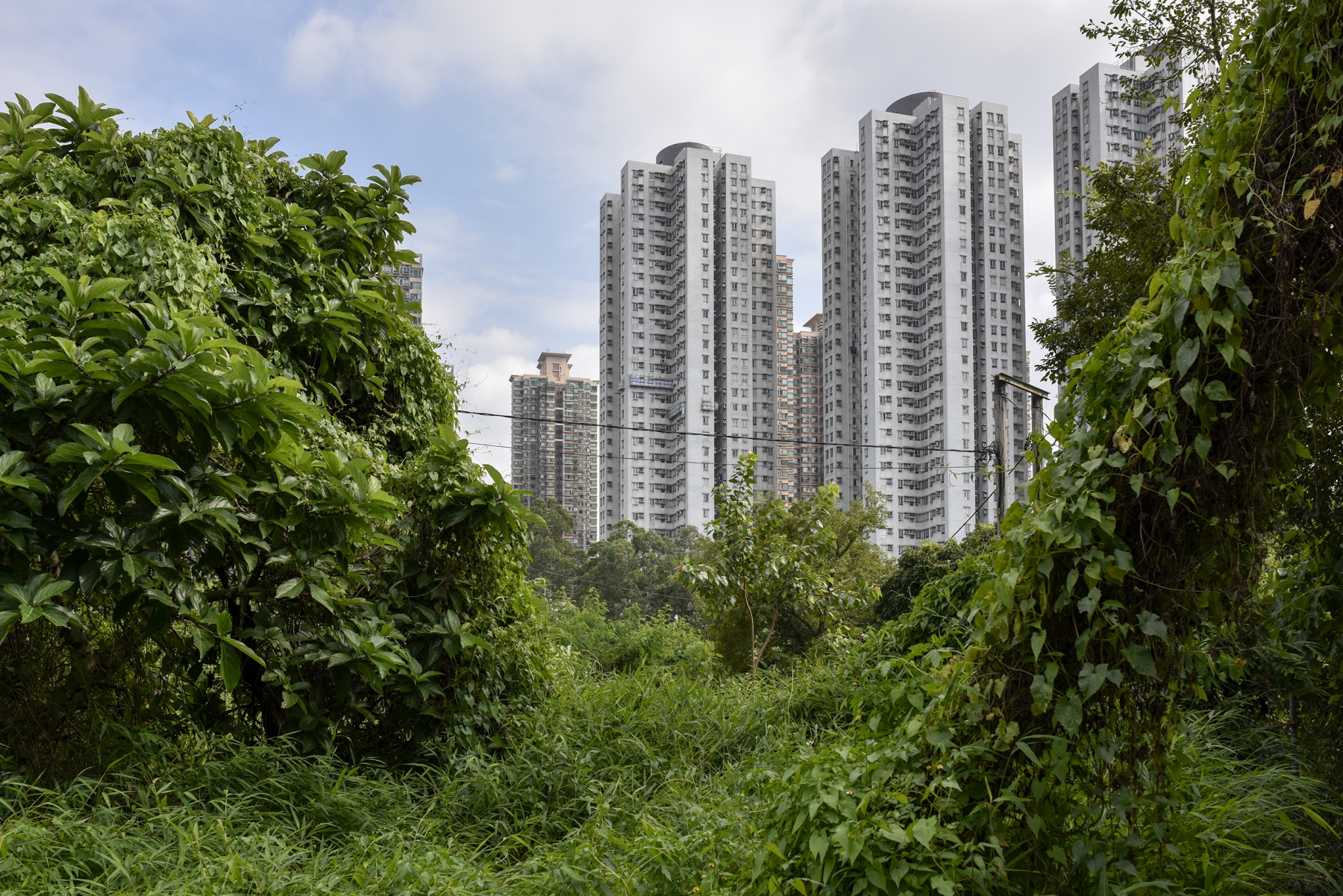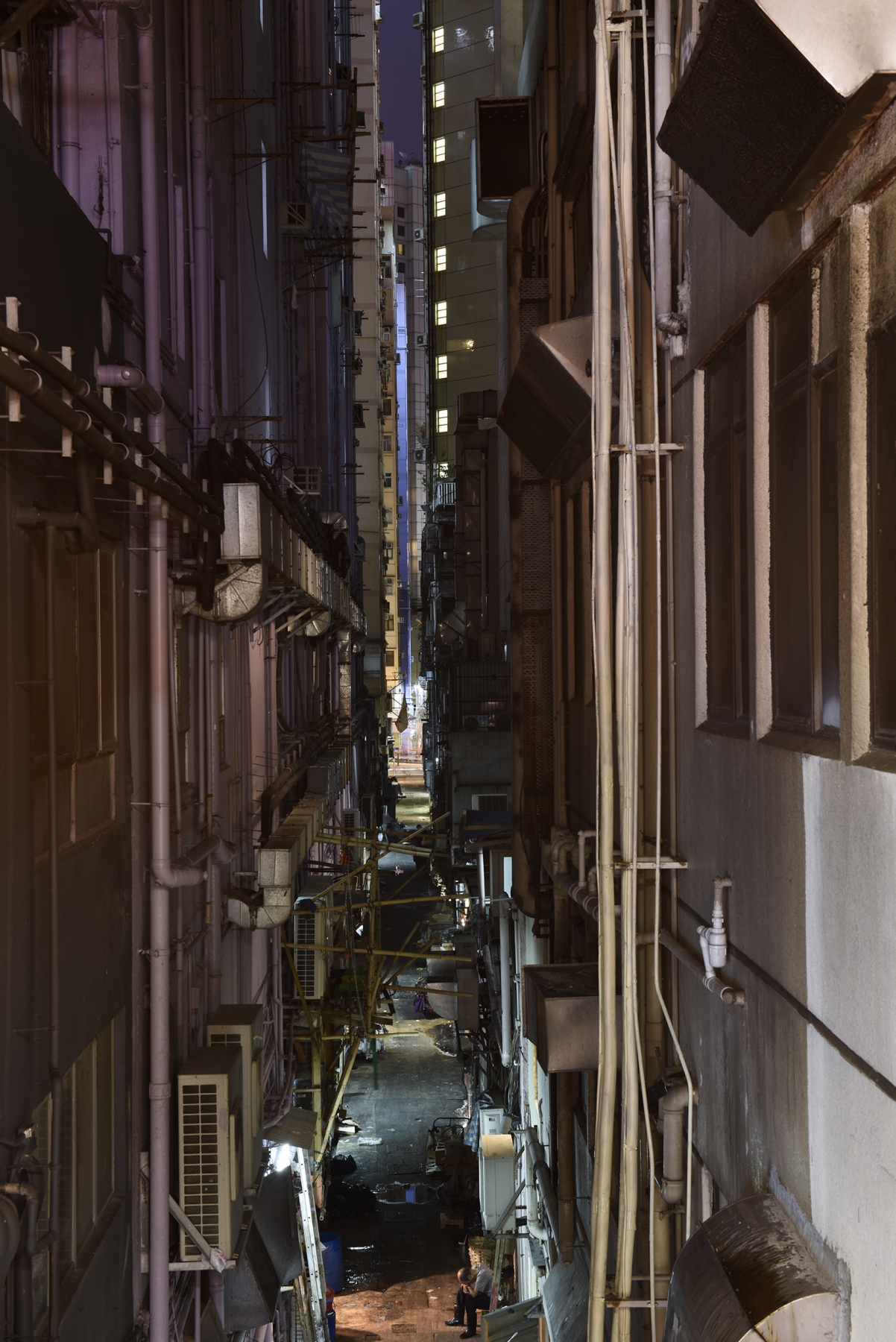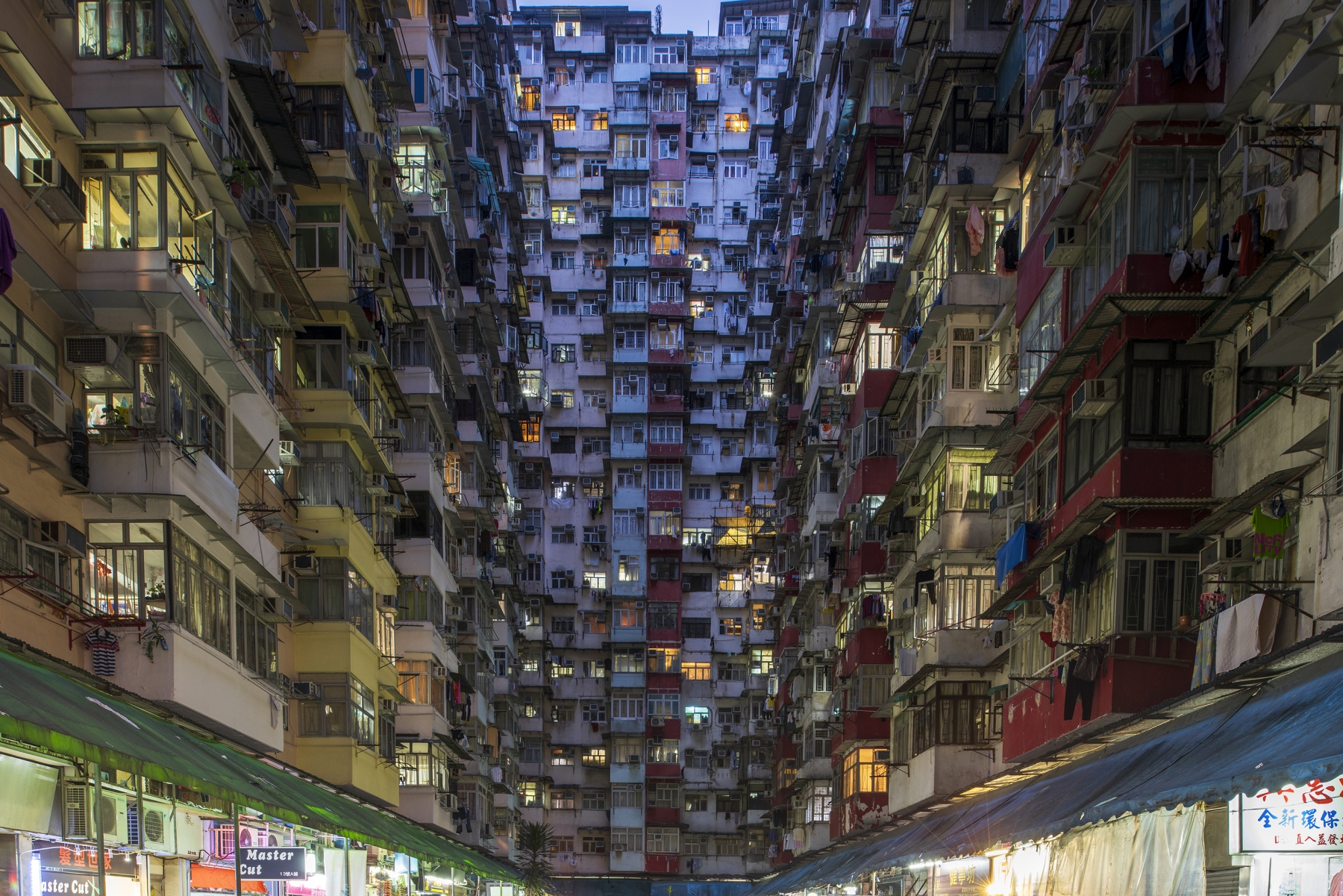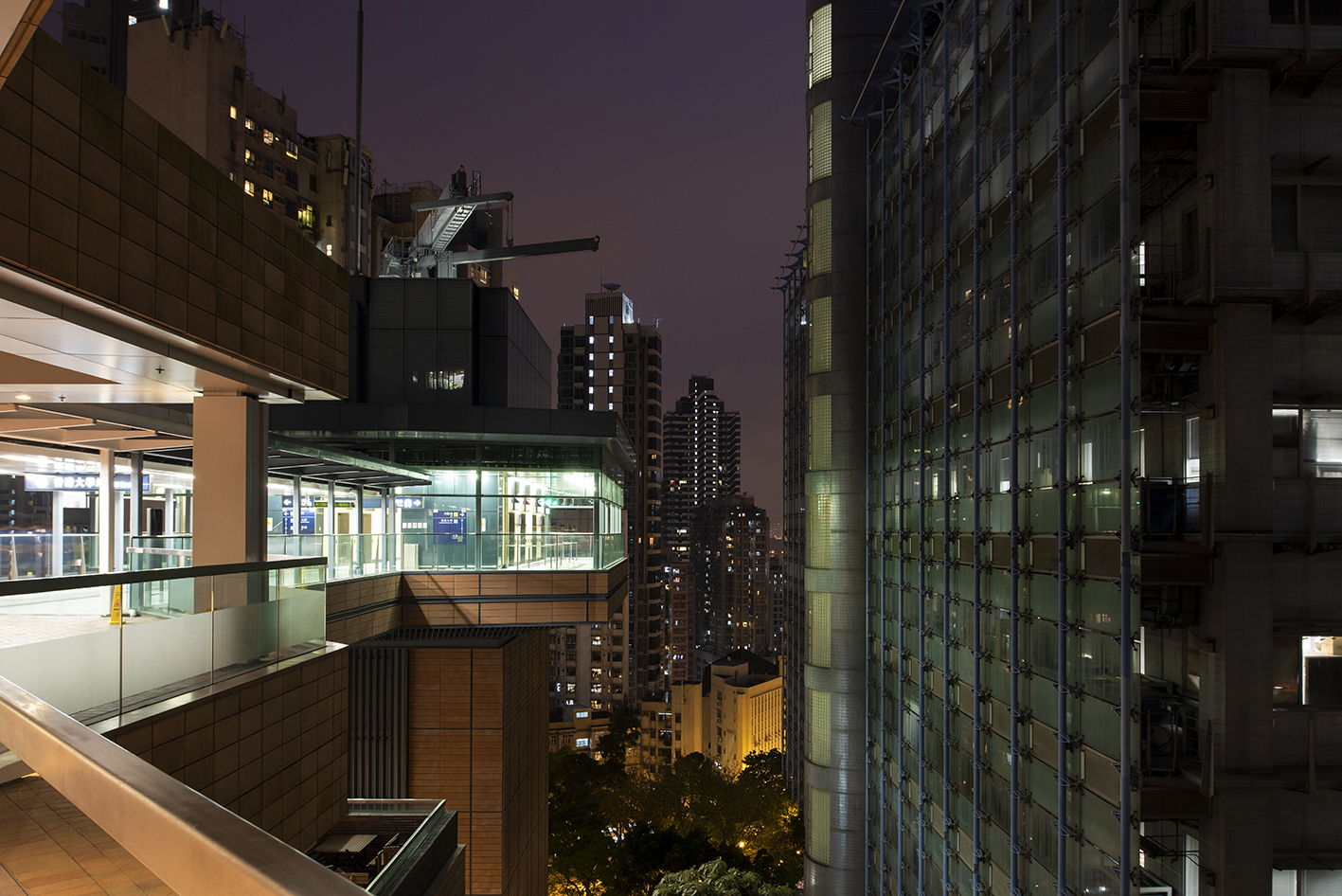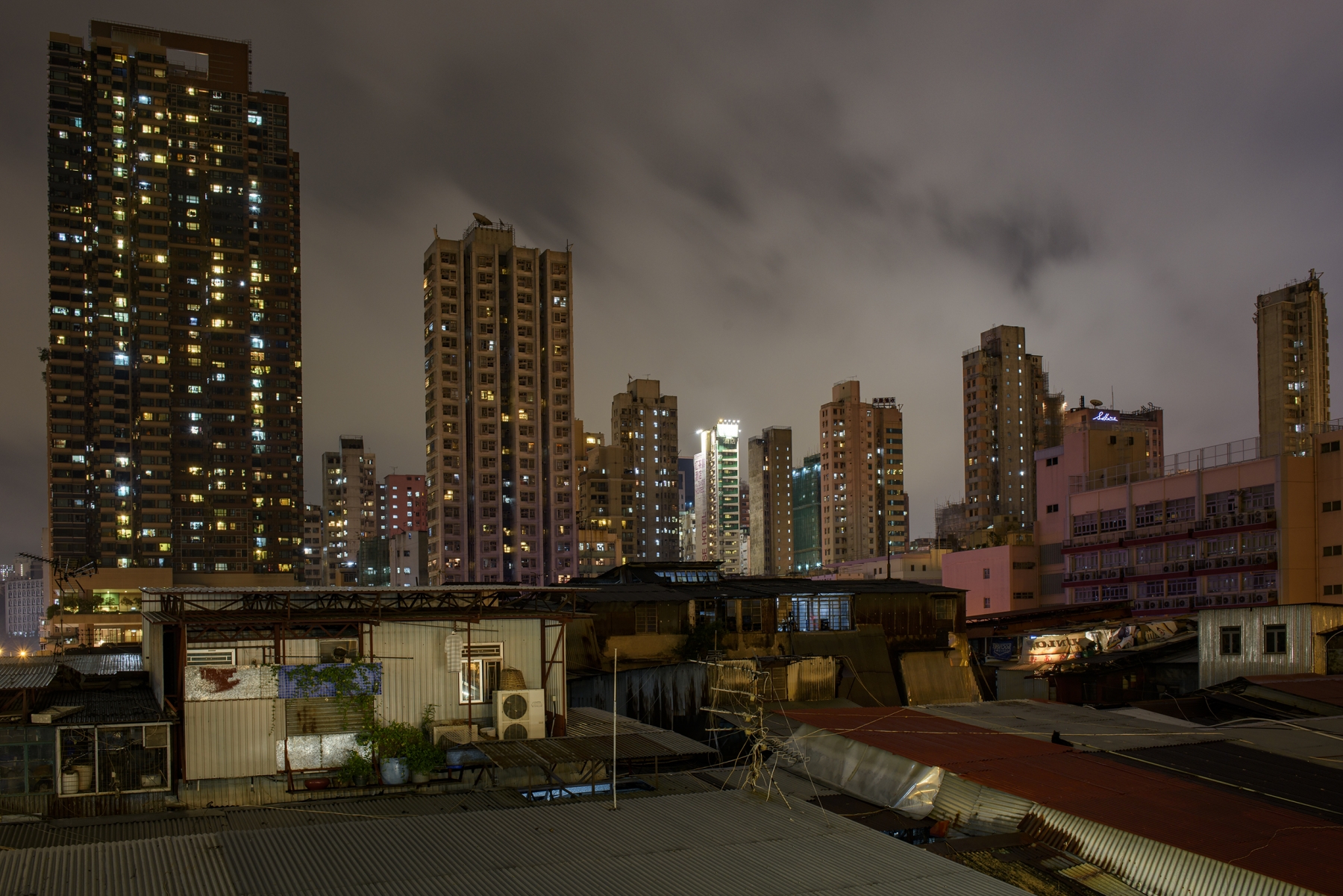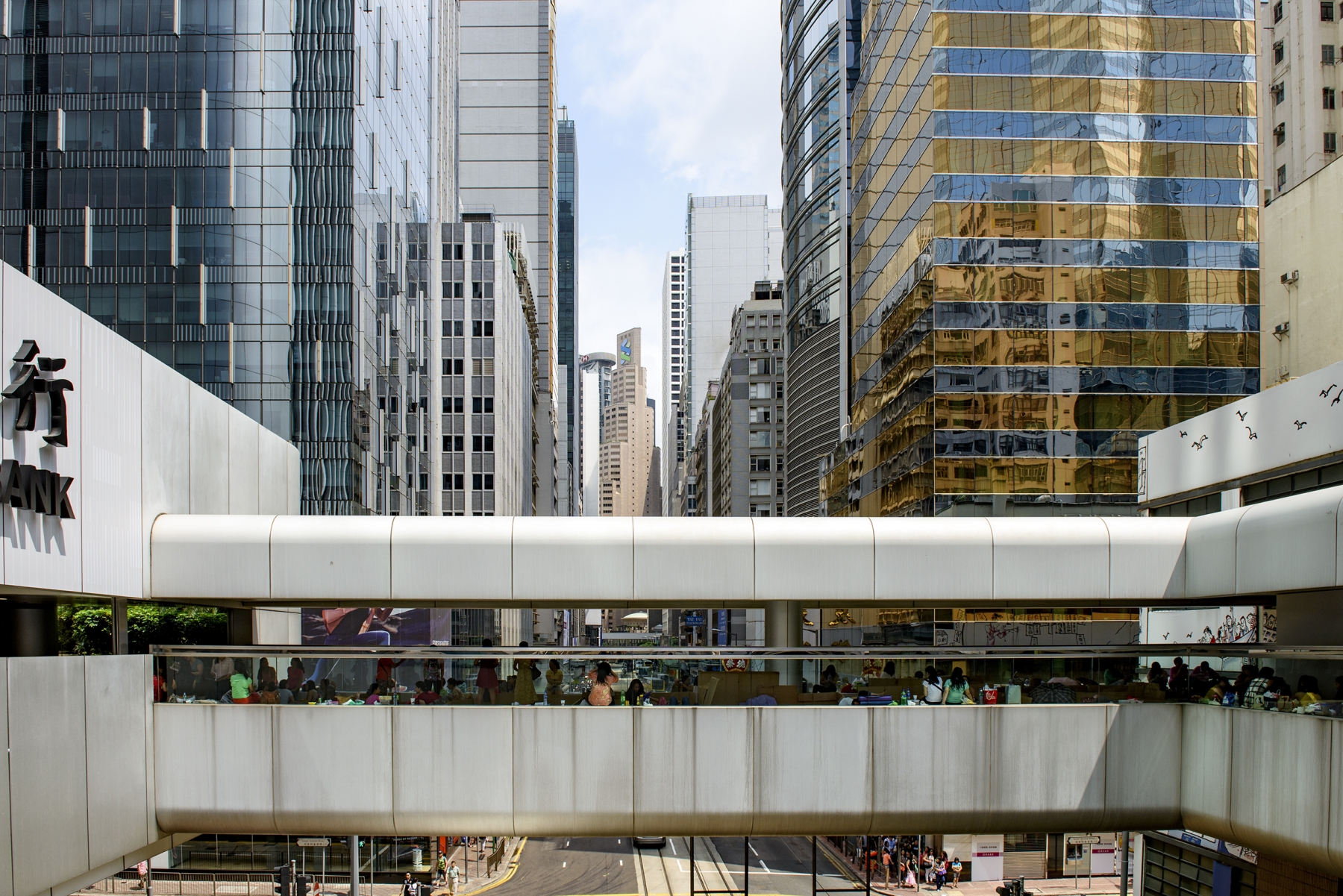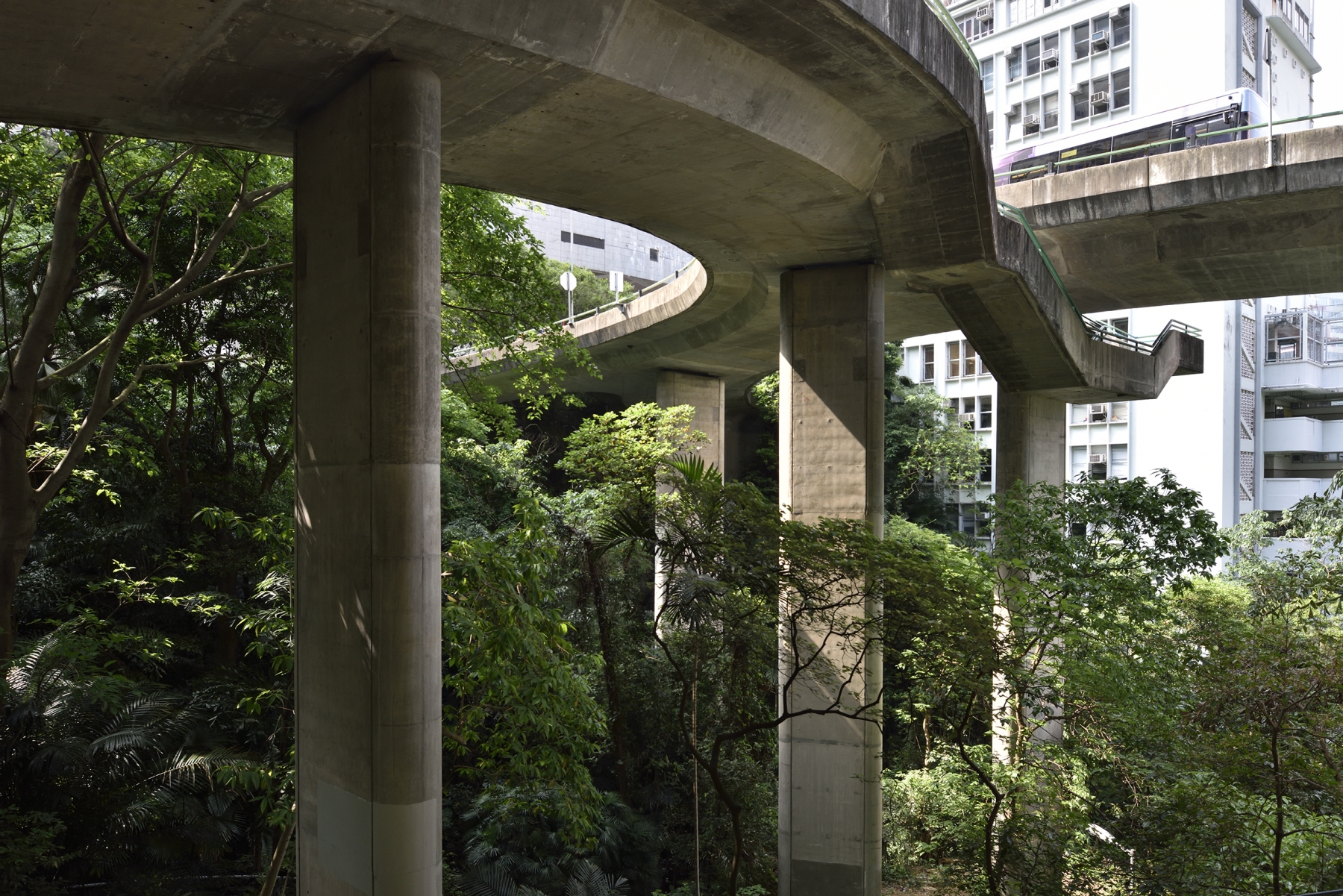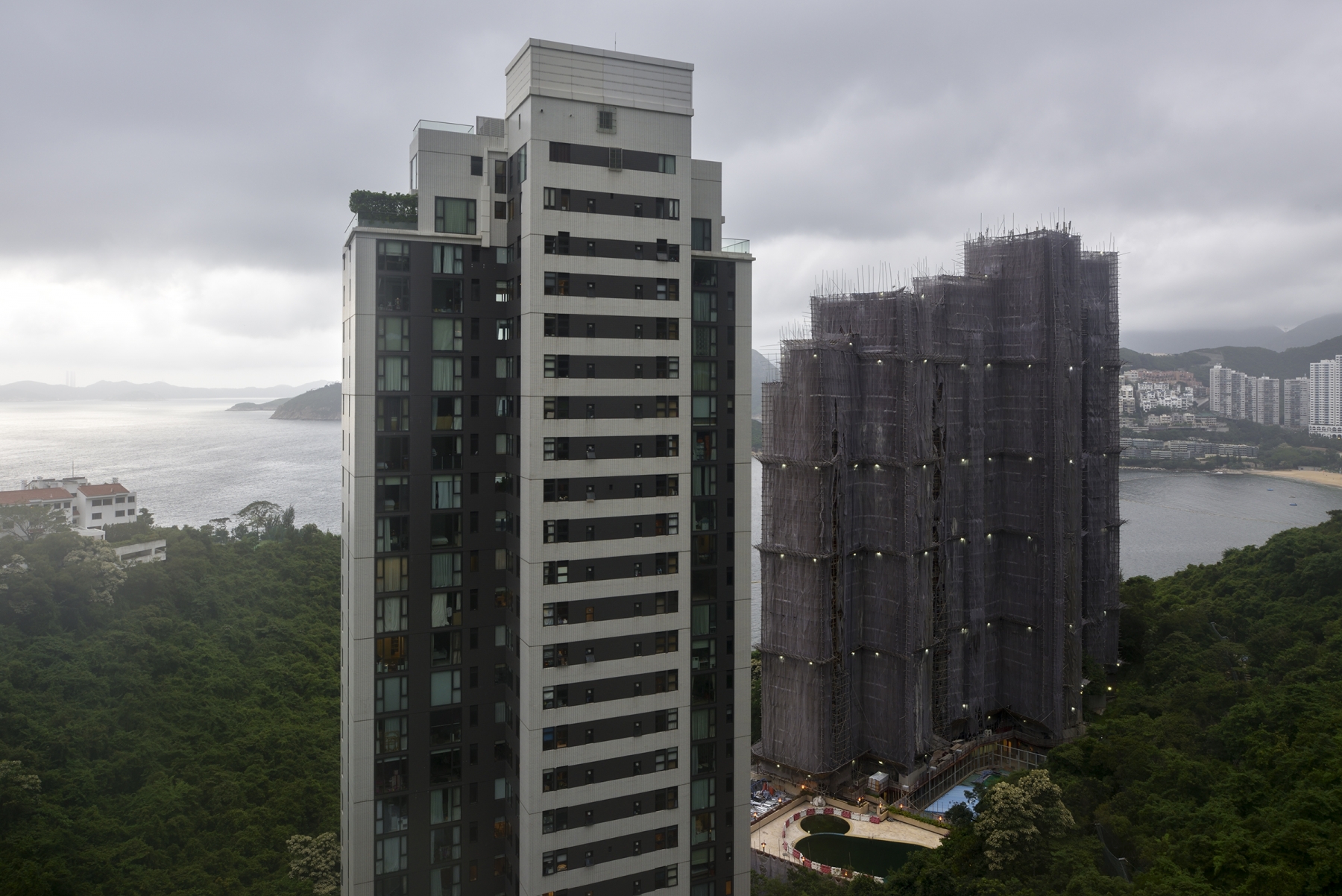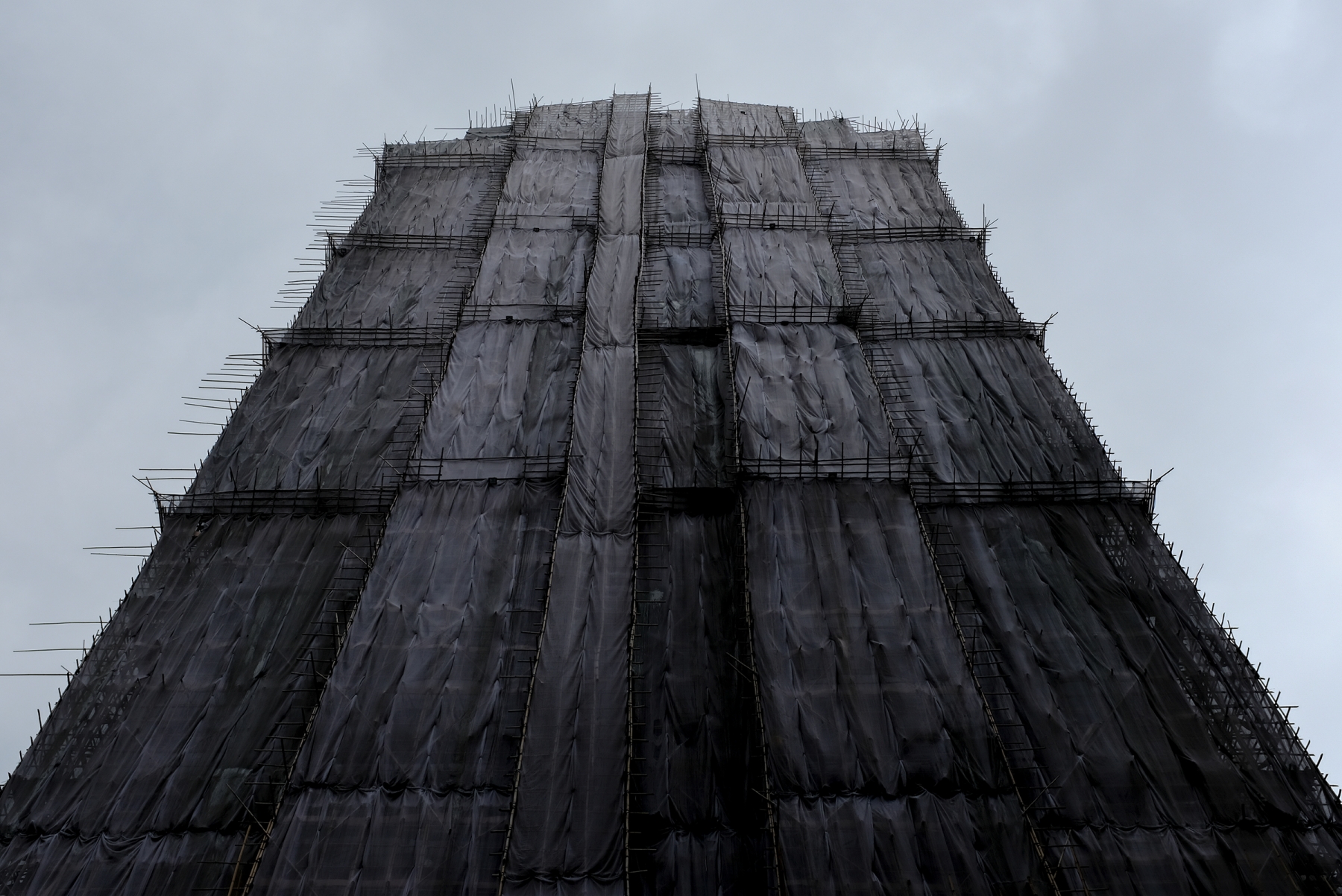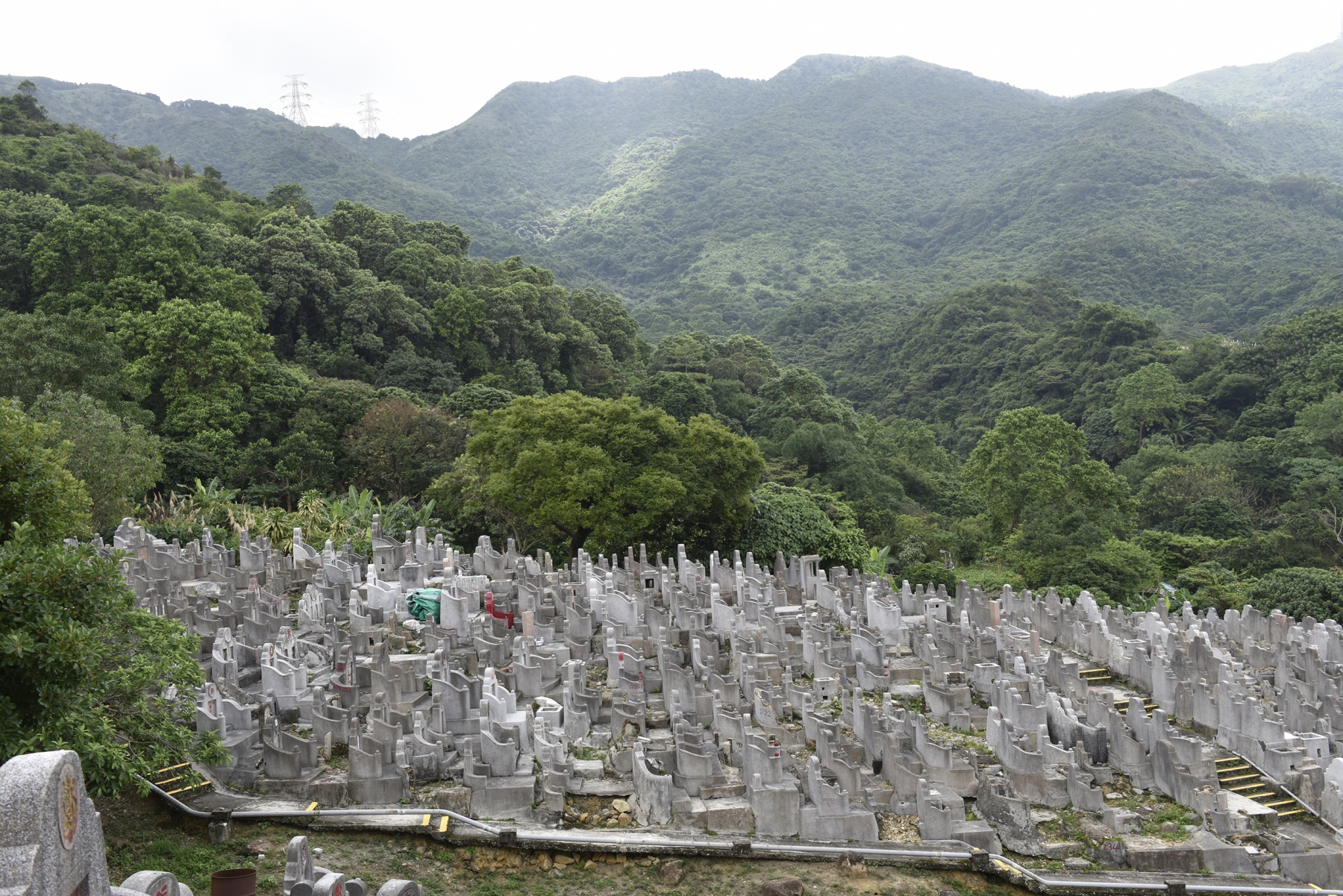Pour un photographe, Hong-Kong est un plateau de jeu aux multiples entrées. Photographié à maintes reprises, elle est devenue une icône comme ses consoeurs Paris, New York ou Dubaï, avec ses signaux urbains et architecturaux. Cependant, cette première impression n’est qu’une illusion. Car ce qui façonne cette ville, ce qui lui donne sa personnalité, ce sont ses contrastes, ses zones de rupture, ses enclaves urbaines. Celles-ci peuvent être historiques, spirituelles, végétales, totalement artificielles ou dédiées aux loisirs. Certaines sont intégrées dans l’espace urbain, d’autres forment des contrastes étonnants. Certaines provoquent une sensation d’étouffement, d’autres sont des respirations. Par touches, se découvrent des lieux à part. Inviolés, au milieu de la frénésie, ce sont des marchés d’un autre temps, une colline à la végétation sauvage, d’anciens temples, des cimetières aux multiples religions. A leurs côtés, les lieux de loisirs que sont les courts de tennis sur les toits, les piscines extérieures ou les parcs exubérants créent d’autres discontinuités, enchassés entre la verticalité des buidings. Enclaves spaciales et temporelles… Echos de la propre histoire de ce territoire qui a été durant des décennies une enclave britanique en continent asiatique, et aujourd’hui encore une enclave administrative en République chinoise… Cette vision s’attache à montrer la persistance de certains lieux face à la frénésie contemporaine. Une vision à taille humaine, ou comment les hommes constituent et réinventent la ville en essayant de conserver l’intime dans la métropôle.
To the eye of a photographer, Hong-Kong is a game board with multiple entries. Photographed over and over again, Hong Kong has been made an icon like the cities of Paris, New York or Dubaï, with its urban and and architectural signs. However, this first impression is just an illusion and one mustn’t fall into it. Because this city, beyond being a « Asian Gotham city », is also a landscape of ruptures, contrasts, discontinuities. That feeling went through alle these enclaves that dot the city : historical, heritage, spirit, plant, artificial, recreation. Some find their way into the city today, some cause stricking contrasts. Some cause a feeling of suffocation, others breath. By hints, fixed and unspoilt places can be discovered in the midst of the frenzy. Markets from a bygone age, hill with a wild vegetation, old public buildings torn to shreds, abandoned 1950’s schools, temples and hundred-year-old trees, cimeteries. Impassive, they bear witness to the exceptional past of the city. Others collect the public or are places of exchanges : tennis courts, football fields, swimming pools, parks and gardens, popular markets. This artistic proposal calls for an offbeat vision of Hong Kong and its New Territories. It is obviously a glorifying vision but aiming to show the behind the scene aspect as well. A resolutely poetic, cinematographic and phantasmagoric visions which have its roots in the understanding of the inhabitants’ mixed identity and of the constantly changing urban evolution. A singular photographic work and which is also conceived in counterpoint with other architectural, urbanistic and heritage reflexions.
Reportage réalisé en 2015, 2016 et 2017 / En partenariat avec le Consulat de France à Hong-Kong et l’Université de Hong-Kong
Here/ Not here, Mosses Editions, HK, 2018
Michel Eisenlohr travels in order to let us travel, when he photographs Hong Kong he tells a story of a City resting on Life. HK has multiple grounds, mostly artificial ; the natural ground belongs to its geography. Its buildings don’t hover over an earthy substance nor are they resting on pilotis. They are anchored to another city beneath, which is filled with all sorts other things ; transport infrastructures, precarious living structures, shanty towns, stairs and escalators as well as bridges and walkways. The glitz of HK is connected to other realities. Michel manges to show this brilliantly in his work. his photographs create yet another set of grounds. Michel Eisenlohr though his photos invents a double for the city of HK, a series of platforms ; platforms of other realities. Nasrine SERAJI, architect, director of Department Architecture of HKU.
